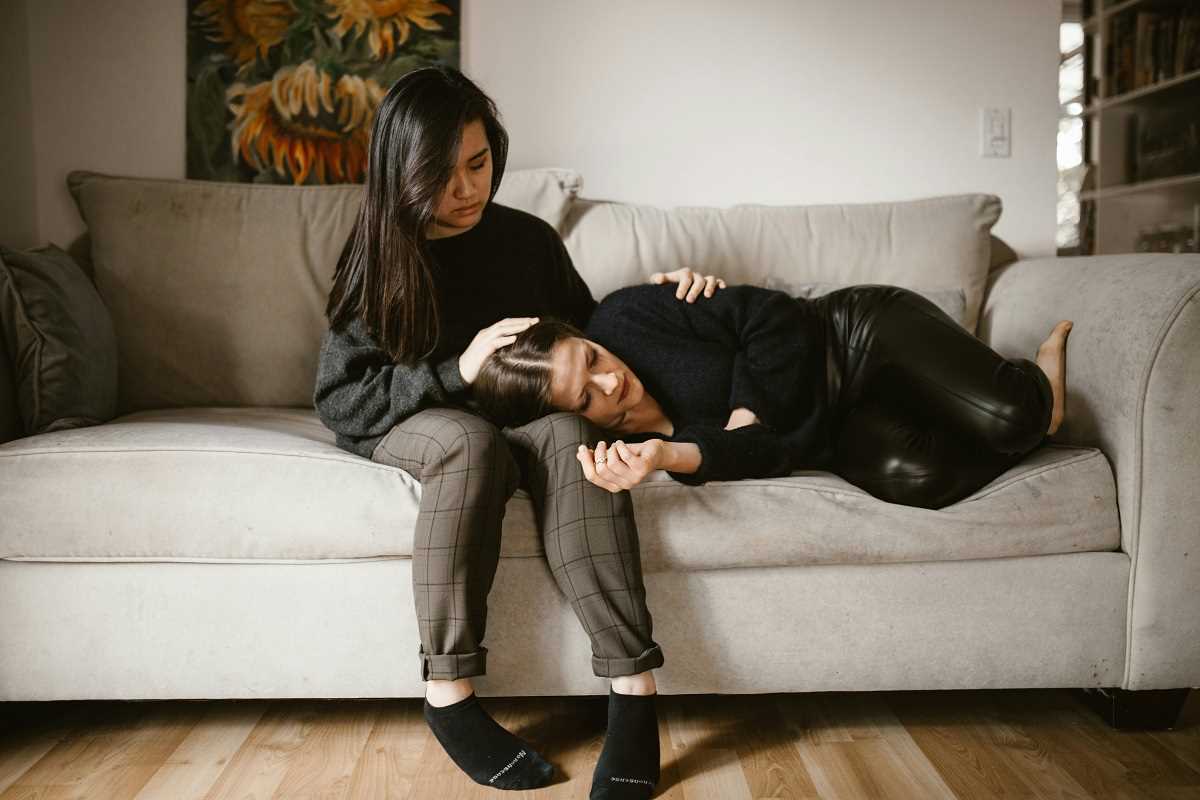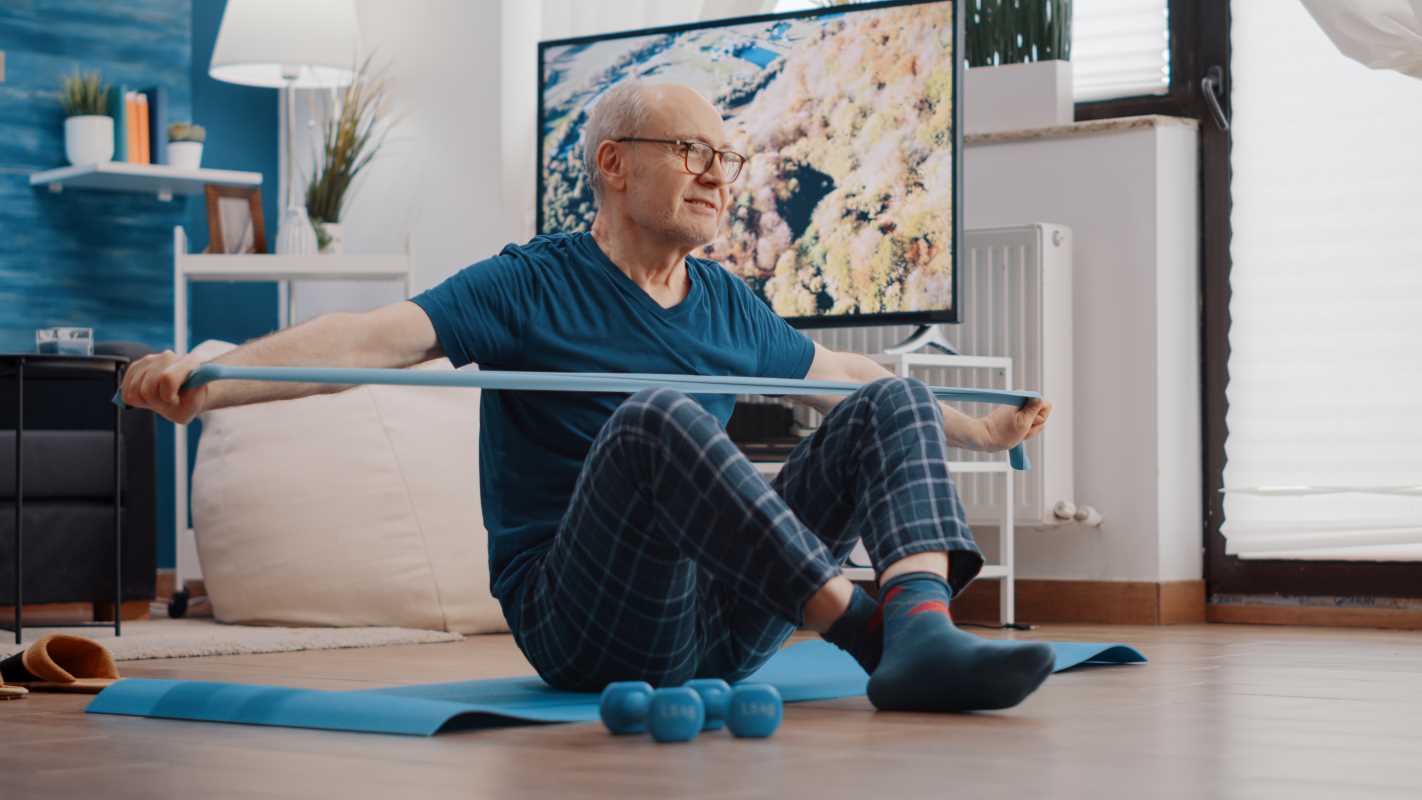If you've ever had a bad headache, you know how miserable it can make you feel. But there’s a type of headache that takes things to a whole new level of pain—and it’s called a cluster headache. These aren’t your everyday tension or stress headaches. They’re often described as some of the most intense pain a person can experience. Some people even say it feels like a hot poker being stabbed through one eye. Sounds awful, right? It is.
Cluster headaches are not super common, but for the people who do get them, they can be life-altering. They come in groups—or "clusters"—and tend to follow a pattern. They hit hard, fast, and repeatedly over weeks or months, and then disappear for a while, only to come back again later.
Understanding what cluster headaches are, why they happen, and how to manage them can make a huge difference for those who suffer from them. In this article, we’ll break it all down in simple terms. We’ll go over what causes them, how they’re different from other types of headaches, and what kinds of treatments can help you get relief.
What Exactly Is a Cluster Headache?
A cluster headache is a type of headache that comes in bursts or “clusters.” People who experience them tend to have intense, sharp pain on one side of the head—usually around or behind one eye. These headaches are short but severe. They can last anywhere from 15 minutes to 3 hours, but the pain can come back several times a day, often at the same time each day.
Unlike migraines, which often come with nausea or sensitivity to light and sound, cluster headaches are more about the intense, piercing pain and physical symptoms like a watery eye or stuffy nose—again, usually on just one side of the face.
Cluster headaches are also known as “suicide headaches” because the pain can be so intense that people feel desperate. It’s important to know that you’re not alone if you suffer from them, and help is available.
Signs and Symptoms
Cluster headaches usually start without warning. The pain typically begins suddenly and reaches full intensity quickly. Here's what people commonly experience:
- Severe pain on one side of the head, often behind or around the eye
- Red, watery eye on the affected side
- Stuffy or runny nose
- Drooping eyelid or swelling around the eye
- Restlessness or agitation (people often pace or rock during an attack)
These symptoms usually come on fast and fade after the headache ends. A person may have several attacks per day for weeks, and then go months or even years without any symptoms.
What Causes Cluster Headaches?
The exact cause of cluster headaches isn’t fully understood, but researchers believe it has something to do with the hypothalamus. That’s a part of your brain that controls your body’s internal clock and helps regulate sleep, hormones, and body temperature.
Cluster headaches seem to be tied to this body clock because they often occur at the same time each day and tend to follow seasonal patterns. Some people notice they get them more in the spring or fall.
Other things that might trigger an attack include:
- Alcohol
- Strong smells (like gasoline, paint fumes, or perfume)
- Overheating or being in a hot environment
- High altitudes
- Bright lights or flashing lights
Unlike migraines, though, cluster headaches usually aren't triggered by food, stress, or hormonal changes.
Who Gets Cluster Headaches?
Cluster headaches aren’t very common. They affect less than 1% of the population, but they’re more common in:
- Men (especially those in their 20s to 40s)
- People who smoke
- Those with a family history of cluster headaches
They can show up at any age but often start in early adulthood. For many people, the headaches go away for months or years and then come back.
How Cluster Headaches Are Diagnosed
Doctors don’t use a single test to diagnose cluster headaches. Instead, they rely on your medical history, your symptoms, and a physical exam. You may be asked things like:
- When did the headaches start?
- How often do they happen?
- What does the pain feel like?
- Do you notice any patterns or triggers?
In some cases, your doctor may order imaging tests like an MRI or CT scan to rule out other causes like tumors or infections.
Because cluster headaches are rare and often mistaken for migraines or sinus headaches, it’s important to describe your symptoms clearly and see a doctor who’s experienced in treating different types of headaches.
Treatment Options
There’s no permanent cure for cluster headaches, but there are ways to manage the pain and reduce how often the attacks happen. Treatment generally falls into two categories: acute (to stop the pain during an attack) and preventive (to reduce how often attacks happen).
Acute Treatments
These are used to treat the headache once it starts.
- Oxygen therapy: Inhaling pure oxygen through a mask for about 15 minutes can stop a cluster headache quickly for many people.
- Triptans: These are medications often used for migraines, like sumatriptan, which can be taken as a shot or nasal spray for fast relief.
- Nasal sprays or injectable meds: These deliver medicine directly into your system and work faster than pills.
Preventive Treatments
These are taken daily to prevent cluster headaches or reduce their frequency.
- Calcium channel blockers: A common one is verapamil, which helps prevent the headaches from starting.
- Corticosteroids: These may be used short-term to break a cycle of cluster headaches.
- Lithium: Often used for bipolar disorder, but it can help prevent cluster headaches in some cases.
- Nerve blocks or surgical options: These are usually only considered for people who don’t respond to other treatments.
Always talk to your doctor before starting any treatment plan. What works for one person may not work for another.
Lifestyle Tips for Managing Cluster Headaches
While medication is important, some lifestyle changes can also help reduce the severity or frequency of cluster headaches.
- Stick to a routine. Going to bed and waking up at the same time every day can help regulate your body clock.
- Avoid alcohol during a cluster cycle, as it can trigger attacks.
- Quit smoking. It’s not easy, but smoking seems to be linked to a higher risk of cluster headaches.
- Stay cool. Avoid hot environments or activities that make you overheat.
- Track your headaches. Keep a diary of when they happen, how long they last, and what you were doing before they started.
These steps won’t eliminate cluster headaches entirely, but they can give you more control and help you avoid known triggers.
 (Image via
(Image via





